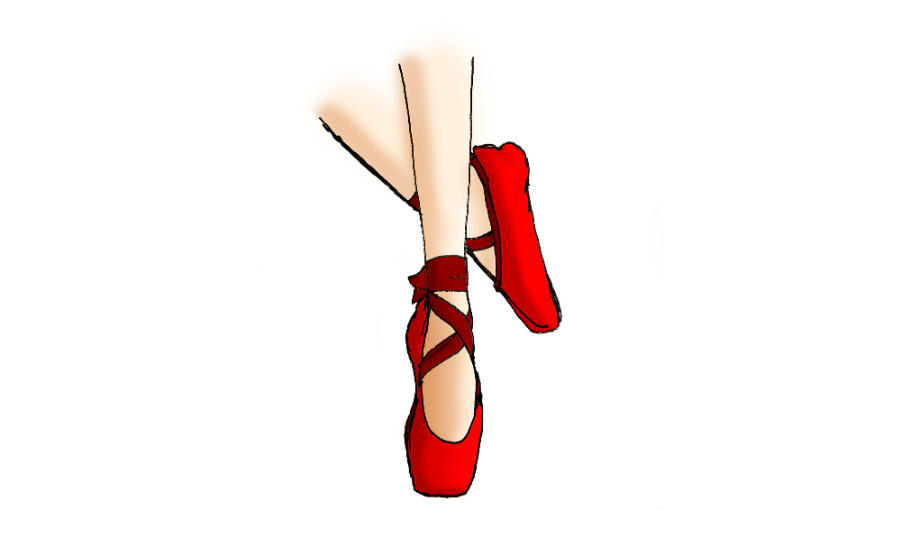An Immortal Tale of Love and Ambition: The Red Shoes (1948)
Are you caught up in a dilemma between love and work? Is the difficulty of balancing the two bothering you? It’s a very humane problem that seems to have existed for a long time, as the Hans Christian Andersen fairy tale “The Red Shoes” shows.
The 1948 film by Michael Powell & Emeric Pressburger, which carries the same name with the tale, is about an ambitious ballerina named Victoria Page. She becomes famous after appearing in the ballet adaptation of “The Red Shoes,” by prestigious impresario Boris Lermontov. After she starts a relationship with composer Julian Craster, Lermontov’s jealousy leads to a parting of ways which result in tragedy.
Admirable for its still-incredible Technicolor cinematography, what makes this film so fascinating is how strongly and detailedly the story is told. The use of symbols and motifs strengthen the artistic value in a remarkable way. The story-within-a-story structure is used cleverly to convey this tale of art and love’s conflict.
The film opens with a crowd of university students filling up the theatre for Lermontov’s newest ballet. The conflict starts to arise when two people in the crowd start to debate whether music or the dance is more important. Yet, it is worth remembering that ballet, as an art, is the result of these two’s relationship with one-another. It also appears that this is a foreshadowing for Victoria (ballerina) and Julian’s (musician) affair. So, the film begins.
The first act has many little moments which set Victoria’s character as an ambitious character. In the first sequence, while her aunt’s binoculars are focused more on the gossipy side of the business by seeking Lermontov in the crowd; Vicky’s binoculars are persistently focused on the show happening at the moment.
In a following cocktail party, Vicky replies to Lermontov’s question of “Why do you want to dance?” with “Why do you want to live?”. This seems to impress him because he realizes that she is somebody who can give everything for this art, in a Faustian sense, like a soul ready to be sold. This can also be interpreted as another foreshadowing of Vicky giving up her own life because she cannot dance any more. The dangers of such an ambition are recalled through the tale of Icarus, who flew too close to the sun, through the statue of the mythical figure outside Lermontov’s office.
Something very creative about the film’s narrative is how it tells its story both through cinema and ballet. There is a very elongated ballet sequence halfway through the film, which is a staging of “The Red Shoes” starring Vicky as the lead. This sequence follows the same theme as the film and tells the events of the film in an allegorical way. It also features a hypnotic use of matte paintings, costumes, lighting and editing. The story of the ballet is as follows: a mad shoemaker presents a young girl the perfect dance shoes. After dancing with her cavalier, she finds it impossible to stop so she dances through land and sea, until her death.
When the key characters are matched with those of the film, the girl is Vicky herself, whose life source becomes dancing. The shoemaker is Lermontov, who presents this kind of lifestyle to her, ultimately causing her death. This similarity is further suggested through the editing when the shoemaker’s silhouette is superimposed with Lermontov’s face. However, the film seems to suggest that he is not the only one guilty in Vicky’s death by then shifting the face with Julian’s too. It is, after all, the decision between them that drives the ballerina to doom. Julian is also represented through the lover in the ballet. After all, in the end of both the ballet and the film, the lover has to take off the red shoes off of the now dead woman.
All in all, The Red Shoes is a film with a very complex kind of storytelling. It cleverly uses allegory, symbolism, motifs and different mediums. The way the tragedy is sparkled throughout the film is very fascinating to me, along with its very humane conflict of making time for love in the modern world where work takes so much time.
